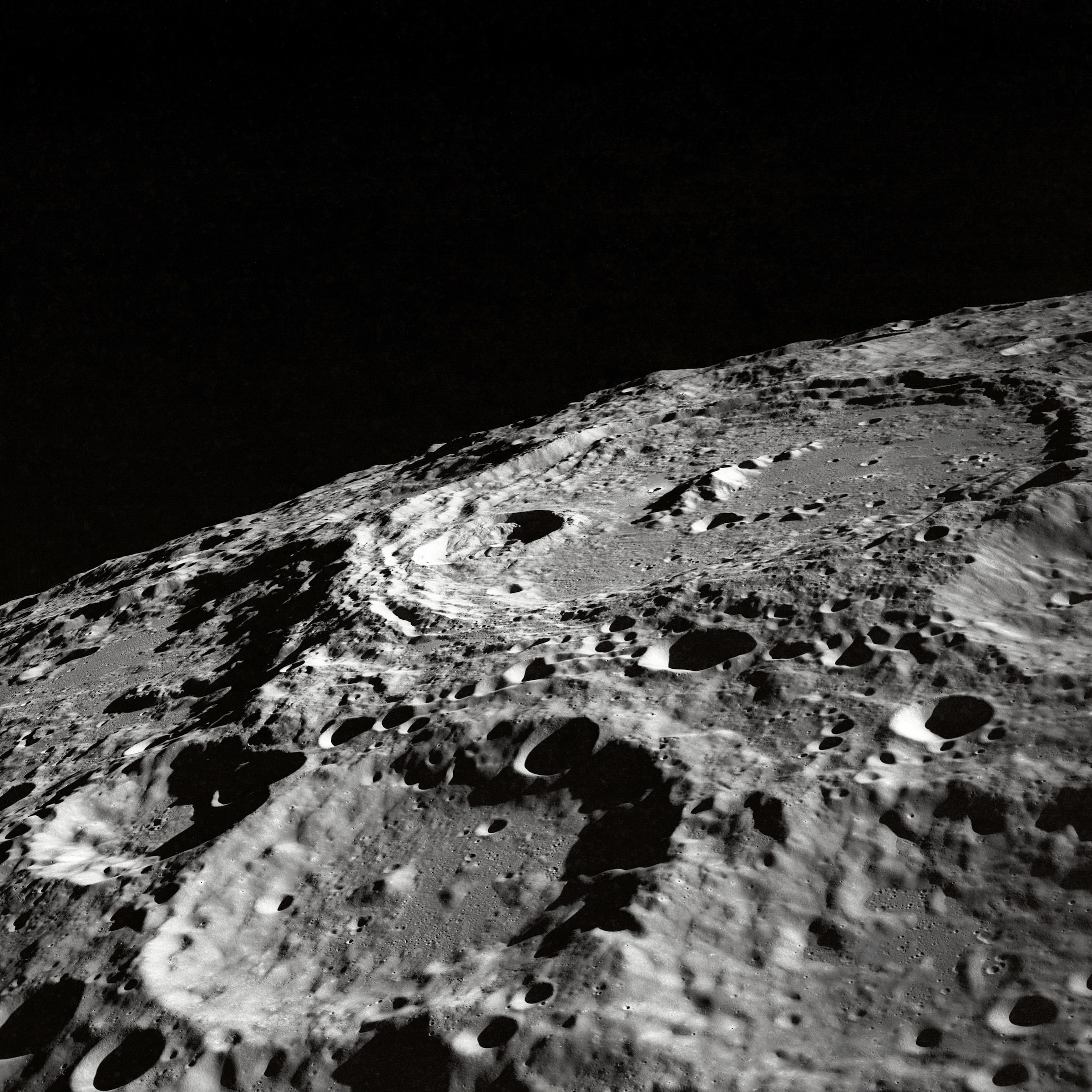We’re headed to the moon this week, so double check your spacesuits and sharpen your pickaxes.
Fusion has been in the news a lot recently, ever since the breakthrough announced by National Ignition Facility in California on December 5th of last year. This breakthrough is the first time since research began a century ago, that lab created fusion has resulted in more energy output than energy input. Why do I specify lab created? Because fusion is the same reaction that powers our sun. So, could fusion advance to the point it creates a sun in a lab and possibly burn up our planet? 😒 Maybe. But that is a discussion for another email.
“But Cate, why are you telling us about the sun when we’re headed to the moon?”
C’mon, you should know by not that I like to build to the point. And first, I need to explain why this breakthrough is so important when the fusion energy output was barely more than the energy input (a gain of only 1.5 megajoules read more in this article from Forbes).
Wait, don’t we already have fusion reactors?
That’s fission. As the Office of Nuclear Energy explains, fission, the process nuclear reactors currently use, works by splitting an atom into smaller atoms. The energy released by this process heats water within the reactor, turning it into steam. That steam then spins a turbine, creating electricity. This relies on hard to mine and refine materials such as uranium and plutonium and results in radioactive byproducts.
Fusion, by contrast, occurs when two atoms are fused forming a heavier atom. This process creates far more energy than fission, generates very little waste, and can be created from hydrogen atoms, which are readily found in seawater. Fusion energy is clean, climate friendly, and safe. Hence, the moon.
No, I am not saying there is seawater on the moon. But, in September of last year, China announced the discovery of a new crystal in the lunar rocks collected from a mission in 2020. Those lunar rocks also confirmed the presence of Helium-3 on the moon (check out this article). Helium-3 is an atom highly suited for nuclear fusion, but scarce on Earth. However, it is abundant on the moon. These discoveries have led multiple nations to express interest in mining the moon.
The moon has been the subject of many schemes for the frontier of space. In these schemes, it will be a base for space operations, a launching site for deep space missions, and, of course, the first extra-terrestrial mining site.
This opens up some very interesting possibilities for what the future might look like in your science fiction universe. Will miners commute to the moon via space elevators? (Check out my post on space elevators.) Who gets to the moon first? America? China? The EU? Whoever controls mining the moon could control developing clean, climate friendly energy for Earth. How much can we mine the moon before it affects the earth’s oceans? We probably can’t mine so much of the moon that it affects its overall mass…but we’re writing science fiction here. Maybe there is a story there.
The article I referenced above mentions the Chinese moon crystal to be one of many newly discovered minerals existing on the moon. How many as yet undiscovered minerals could be out in the great wide universe? What could we could use them for? But please, can we all agree to keep the naming conventions not ridiculous (*cough* unobtanium *cough*)?
There are many ways in which we could use this in a story. The discovery of a key mineral could shape the dynamics of a galactic society. Or perhaps the story centers on a mining crew who travel in search of asteroids seeded with valuable minerals. This concept could showcase an oppressively industrial society or, conversely, show outer space as a wild frontier, and these new minerals as the focus of a space age gold rush.
So many threads, so little time. And next issue, we can talk about advancements in developing matter and space-age alchemy. Keep a lookout!
Until then, May Imagination Reign!

